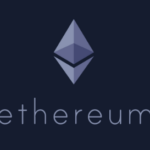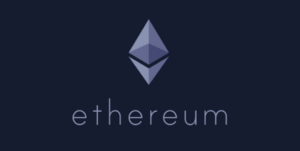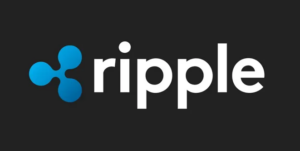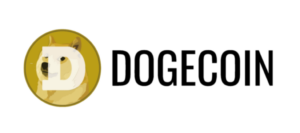Ethereum Achieves All-Time High Activity Levels with 99% Reduction in Fees

Ethereum (ETH) has seen a surge in on-chain activity this year, coinciding with a significant drop in mainnet transaction fees. Data from Token Terminal indicates that Ethereum revenue has plummeted by 99% since March, marking one of the lowest levels in the history of the blockchain. This revenue primarily comes from the fees associated with executing transactions on Ethereum’s main blockchain.
Concurrently, Ethereum on-chain swaps have reached new all-time highs in the current year, as reported by L2Beat analytics. Ryan Watkins, co-founder of Syncracy Capital, views these developments as positive indicators for Ethereum’s blockchain and decentralized finance.
The decline in Ethereum’s mainnet fees can be attributed to the implementation of the Dencun upgrade in March. This upgrade introduced blobs and proto-danksharding technology to the Ethereum ecosystem, enabling layer-2 networks to handle a higher volume of data and transactions. Consequently, the update not only improved the utility of layer-2 networks but also alleviated congestion on Ethereum’s main layer, resulting in lower transaction costs for users across Ethereum and its layer-2 networks.
The reduction in fees has incentivized users to engage with Ethereum more actively than before, making it a more attractive option compared to Bitcoin (BTC). Prior to the Dencun upgrade, high gas fees posed a significant challenge for regular Ethereum users, often rendering the chain nearly unusable during periods of high activity such as airdrops or token claims.
Moreover, Ethereum has garnered attention from Wall Street, particularly following the approval of Ether-based exchange-traded funds (ETFs) by the U.S. Securities and Exchange Commission in July. By the end of August, trading volumes for spot Ether ETFs had exceeded $2 billion. The implications of these ETFs on Ethereum’s ecosystem are still uncertain, with ongoing discussions regarding whether this development aligns with Ethereum’s core principles.
In conclusion, Ethereum’s on-chain activity has surged while mainnet fees have decreased significantly, reflecting a positive trend for the blockchain and decentralized finance. The impact of these changes, alongside the growing interest from institutional investors through Ether ETFs, underscores Ethereum’s evolving role in the broader financial landscape.




